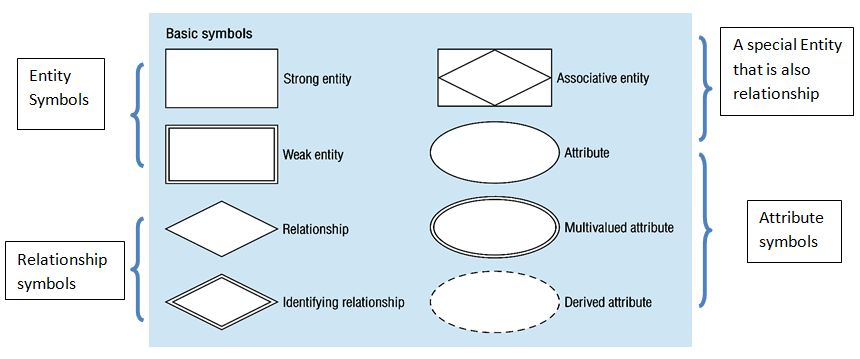Physical Design - Database Design Process
Physical design is the process of determining the data storage organization and data access characteristics of the database in order to ensure its integrity, security, and performance. This is the last stage in the database design process. Physical design could become a very technical job that affects not only the accessibility of the data in the storage device(s) but also the performance of the system.
The physical design stage is composed of the following steps.


